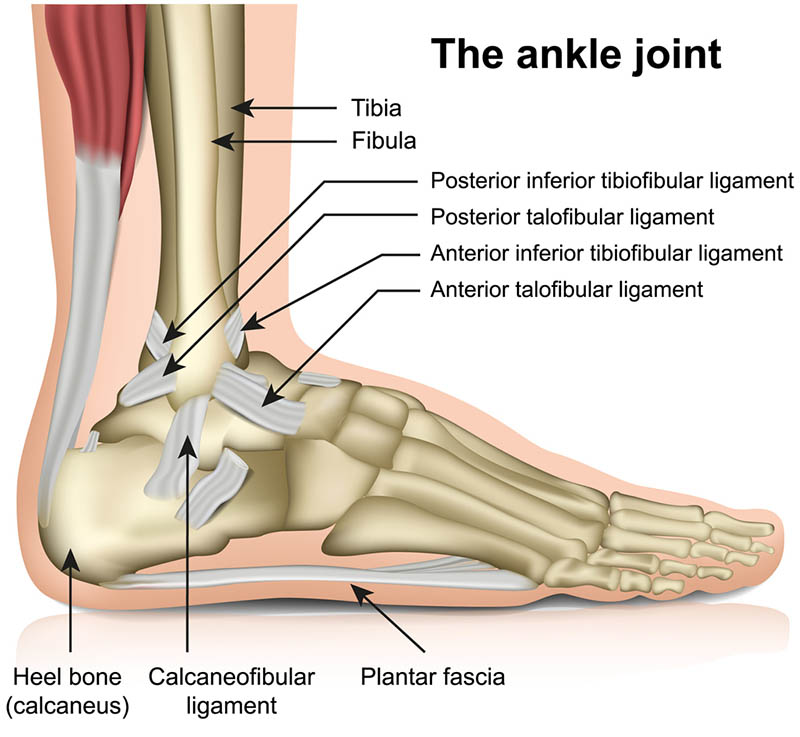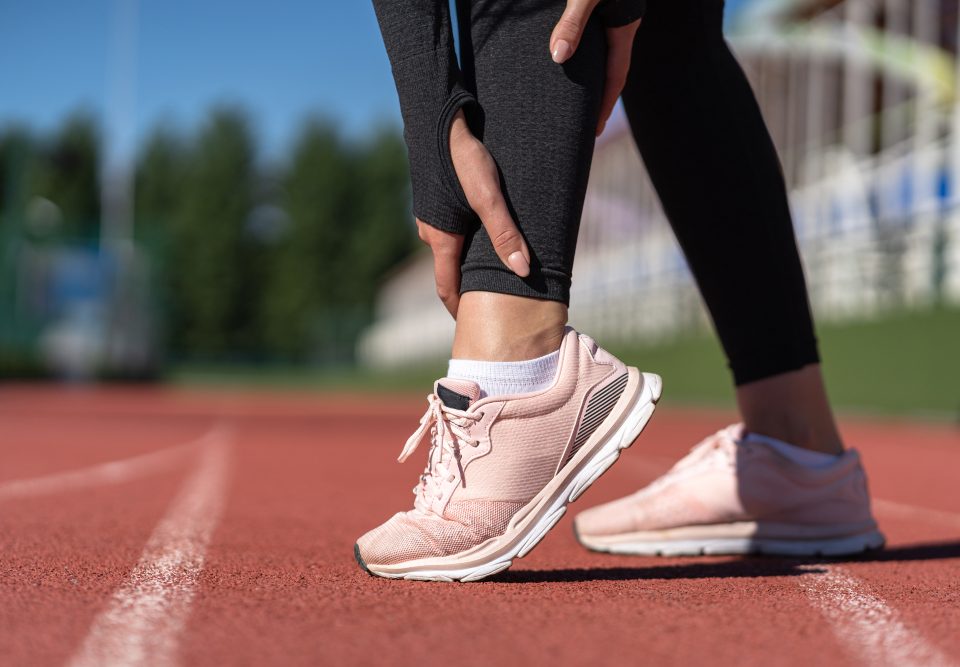- Have any questions?
- +91-9811443717
- [email protected]
Anatomy of Ankle Sprain

Achilles Tendon Disorder- Some health facts
February 10, 2021
High ankle sprain VS Ankle sprain. What’s the difference?
March 3, 2021Anatomy of Ankle Sprain

An ankle sprain is the most common injury in the foot and ankle region faced by people. There is no specific high risk age and gender as it can occur in young as well as elderly population. Just a simple twist in the foot can lead to an ankle sprain. When we awkwardly twist our legs, then sometimes the ligaments present in the ankle swell, stretch or tear. It gradually leads to difficulty in walking due to pain, instability and limitation of range of motion. Moreover, one should not forget that an ankle sprain is not limited to ligament tear, but can also affect the joint cartilage and the tendons (muscles) around the joint. So it is never advised to neglect ankle sprain as it can turn your playful life into a gloomy one.
Before getting to the treatment method, it is important to understand the anatomy of an ankle sprain as it will help your doctor to analyze the severity of the injury. So let’s discuss the same today.
Anatomy of Ankle joint
The ankle joint falls under the category of synovial joint and is a conjunction of three bones- tibia (leg), fibula (leg), and talus (foot). It attaches the foot with the leg and allows dorsiflexion & plantar flexion of the foot like a hinge joint.
The tibia & fibula are enclosed together with the help of strong ligaments known as tibiofibular or syndesmotic ligaments. All these components form a socket which is termed as mortise and this is the place where talus is attached and forms an ankle joint.
There are many ligaments that surround this bony articulation to provide more strength and stability. These can be broadly classified into the following:

- Medial Ligament
It is connected to a bony and prominent structure present on the inner side of the ankle (medial malleolus). These are called deltoid ligaments which comprise four ligaments that bind tibia to the talus, calcaneus, and navicular bones.
- Lateral Ligament
This ligament connects the lateral malleolus (bump present on the outer side of the ankle) and comprises three ligaments to provide stability from the lateral aspect of the joint. The three ligaments are anterior talofibular ligament (ATFL), calcaneofibular ligament (CFL), and posterior talofibular ligament (PTFL). ATFL is the weakest of all the ankle ligaments and is the first one to tear, followed by CFL and PTFL.
Anatomy of Ankle sprain
After discussing the skeletal and ligamentous structure of the ankle joint, understanding the anatomy of ankle sprain becomes easy. An ankle sprain usually affects the lateral portion of the joint due to the inward twisting of the foot. Lateral ankle sprain affects the lateral malleolus and ligaments (anterior talofibular, calcaneofibular, and posterior talofibular) present in this region.
Medial ankle sprain (affecting the deltoid ligament in the inner part of the ankle) and Syndesmotic sprain (affecting tibiofibular ligaments) are less likely to occur but can also lead to chronic ankle instability.
Understanding the severity of an ankle sprain
The severity of an ankle sprain is judged after the evaluation of the joint instability. Mild pain and swelling with no joint instability indicate minimal damage (Grade 1 ankle sprain) that can be healed in a few days. But remember that it needs adequate treatment, otherwise the tables can turn and the situation can worsen. If the pain is unbearable and the patient is experiencing tenderness, swelling and there is difficulty in walking/weight-bearing, then it indicates a partial (Grade 2 ankle sprain) or a complete ligament tear (Grade 3 ankle sprain) which needs immediate medical help.
Rest, Ice therapy, Compression using crepe bandage, and Elevation of the foot, etc. (Acronym RICE) are some of the basic things that can be helpful to treat an acute/ fresh ankle sprain at home in minor injuries with minimal damage. But it is recommended to consult an expert as well, especially if there is a suspicion of grade 2 or grade 3 injury. These injuries might need immobilization in the form of a cast/ boot or a brace and a period of physiotherapy for proper recovery. If you are looking for an experienced foot and ankle doctor in Gurgaon who can treat your all acute or chronic foot problems effectively, then you can book an appointment with Dr. Anuj Chawla. He has helped many patients in getting back to their feet.

